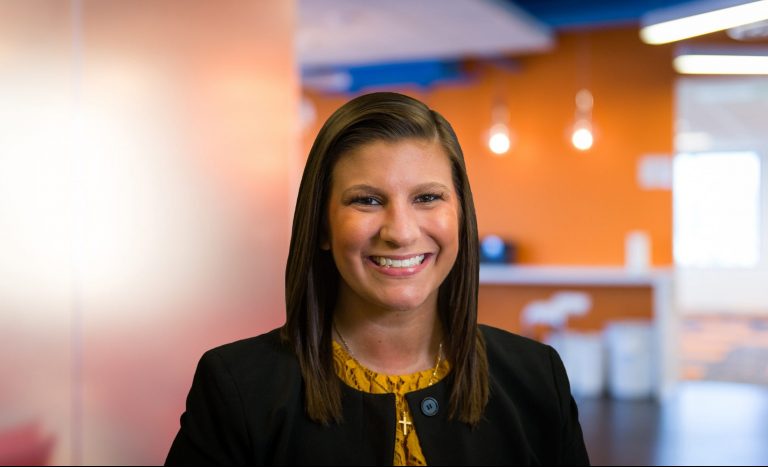End of an Era – Adios OASYS

-By Kaisha Lourens
Since 1990, DTCC’s OASYS platform has provided buy/sell-side firms with a post-trade processing solution that replaced manual processes. For 29 years, OASYS dominated the post-trade technology space for all US domestic trading. It wasn’t until 2019 that the industry produced a competitive alternative solution.
In late 2019, DTCC announced that OASYS would be decommissioned and all US trading would move to the CTM (Central Trade Manager) platform. According to DTCC, the “end of life” (EOL) date for OASYS is October 2021. Firms and institutions currently using OASYS and CTM connectivity are not likely to experience migration issues. And while CTM provides a more seamless post-trade process, many firms not using CTM are still reluctant to make the transition.
The decommissioning of OASYS has been delayed several times, most recently due to COVID-19. These delays have given buy/sell-side firms two years to transition trading activity to the CTM platform. Yet, there are still those who have not embraced or implemented this change. Notably, DTCC’s CTM is not a brand-new platform. Prior to 2019, CTM was mainly used to confirm cross-border trades, due to its convenient interfaces. CTM directly interfaces with ALERT, FIX, and SWIFT, proving it is truly a central post-trade processing hub.
It’s well-known that the CTM solution is beneficial. So why are some still reluctant to migrate?
- Complacency (more to the point, “It what we’ve always done.”): OASYS has been the primary matching program for almost 30 years. If it isn’t broken, don’t fix it.
- Technology: requires new software installation, altering the process, and re-configuring workflows.
- Cost: there are always costs (money, people, time) associated with a new project.
- Timing: all good things take time. In other words, “How long will this take?”.
- Risk: how will we identify the inevitable potential gaps that will occur during the cutover?
- Resources: the need to commit resources to document signing, extensive testing, and in-depth training before/during go-live.
While the above list contains valid points, the rewards and benefits of transitioning to CTM are greater than the risk.
- ALERT interface: CTM supplies a direct feed from each firm’s ALERT instance to populate SSIs (Standing Settlement Instructions) on an allocation level.
- SWIFT interface: CTM provides the option to subscribe to the SWIFT network, which enables the direct submission of trade information from CTM to custodians.
- Centralized platform: CTM supports multiple asset classes, including equity, fixed income, and cross-border trades.
- User-friendly: the CTM platform is much easier to navigate and has a refined template.
- Exception alerts: if there are any trade discrepancies, CTM clearly illustrates the mismatched field.
- Confirmation: CTM offers the option to print or save a PDF trade confirmation right from the application.
The benefits above quite clearly illustrate the compelling reasons why the buy/sell-side should move forward with the OASYS-to-CTM migration. All trades on one matching platform will streamline processes and increase efficiency. Increased efficiency equals less risk and a healthier bottom line. The single platform also combats confusion from the buy/sell-side on where they should ultimately obtain the allocations. DTCC’s process is becoming the gold standard, which post-trade processing sorely needs.
To drive the standard, DTCC needs to enforce its October 2021 decommission date. Continuing to postpone the date only reinforces, and may increase, reluctance. While DTCC has been driving the effort and is no longer opening new OASYS licenses, there is no sense of urgency. Perhaps DTCC will apply pressure as the date gets closer, but this will overwhelm DTCC, as well as the counterparties. And according to DTCC, there are approximately 2,000 counterparties in 52 countries on the CTM platform. Those who have yet to migrate to CTM have their work cut out for them against a rapidly shrinking calendar prior to October.
Using OASYS? Reduce Costs and Improve Efficiencies with a Special Offer from STP:
For firms still using the soon-to-be decommissioned OASYS post-trade settlement technology, the time to act is now. Waiting to replace the legacy technology until closer to OASYS’s end-of-life date this October could result in costly trade disruptions, especially with more complex trades, that may ultimately lead to suspension of trading privileges.
Don’t wait until the sun sets on OASYS. Firms that transition to STP Investment Services by September will pay no setup or implementation fees.
Learn more about our comprehensive trade settlement solution, or get in touch with us by emailing sales@stpis.com.



